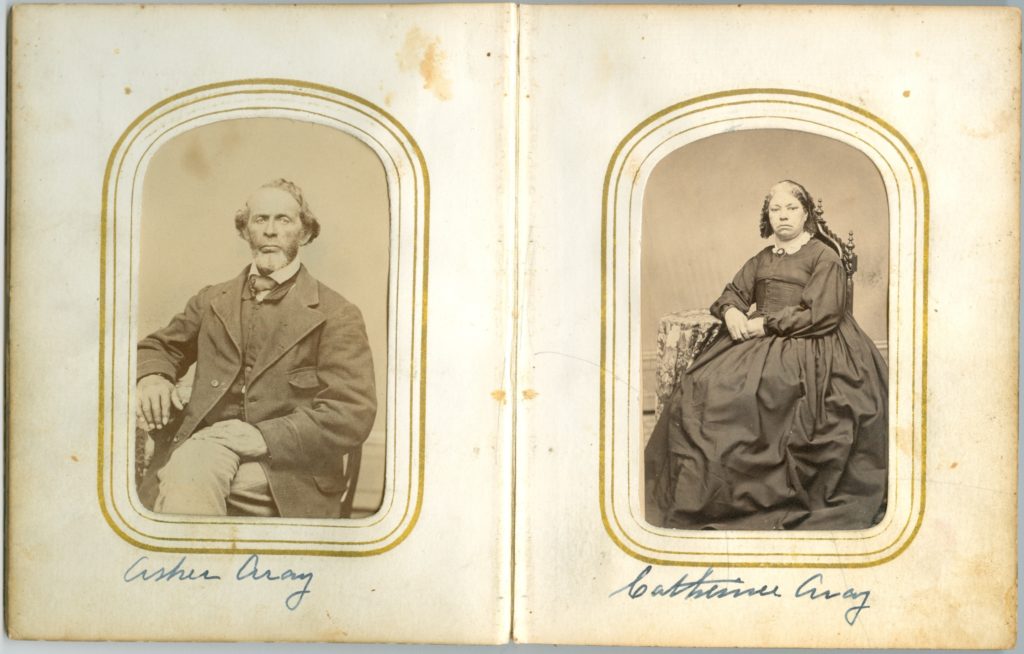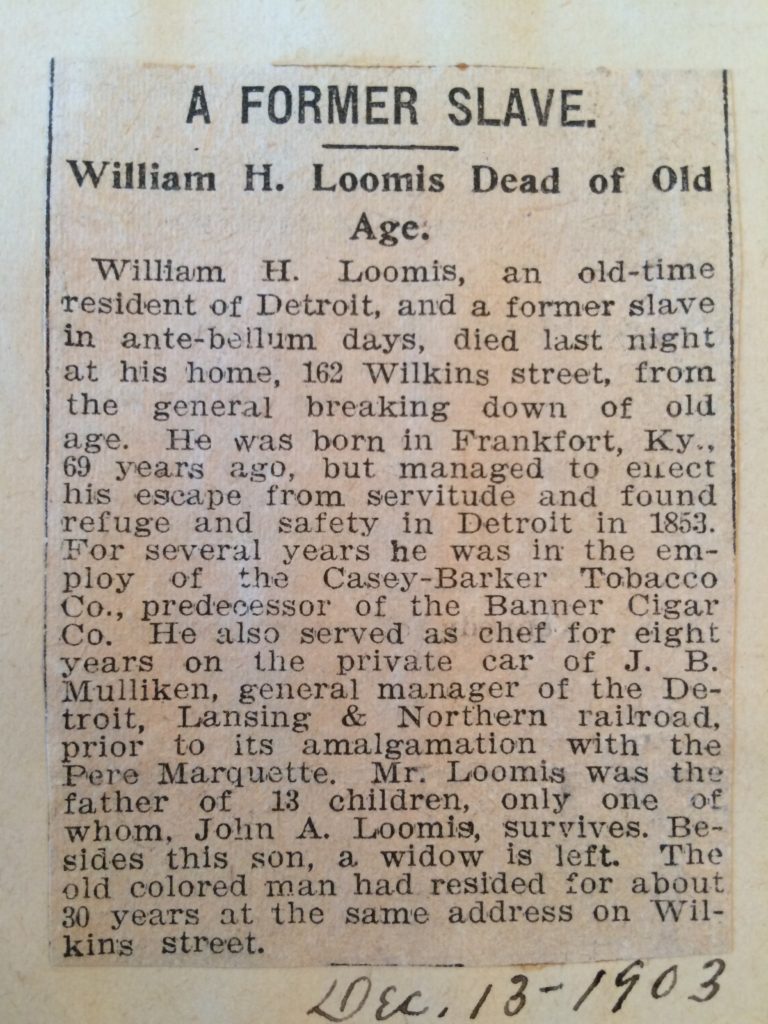On June 19th we celebrate Juneteenth. The holiday commemorates the end of slavery and official emancipation of all slaves across the U.S. Although President Abraham Lincoln signed the Emancipation Proclamation in January 1863, the news that they were a free people didn’t reach the 250,000 enslaved African-Americans in Texas until nearly three years later. Galveston, Texas was the final place to receive this life-altering news and on June 19th, 1865 the newly freed men and women of Texas rejoiced. Finally, able to envision/take hold of a future free from chains and bondage, it is from this day of celebration that the annual Juneteenth holiday originated.
Initially, members of the African-American community were the only people to observe Juneteenth. Emancipation finally allowed for the newly freed slaves all over the country, to find displaced family members, seek education and create their own communities for the very first time in America. The first annual Juneteenth celebrations historically highlighted the importance of education and others methods of self-improvement in the Black community. The holiday not only offered African-Americans an opportunity to forget the current struggles of their everyday lives and rejoice about how far they’ve come, but also motivated them to envision and hope for a better future.

Juneteenth celebrations declined in the early 1900s. American societal traditions and educational institutions emphasized the established July 4th Independence holiday and put little to no emphasis on the lives of former slaves let alone the true end of slavery in 1865. It wasn’t until the 50’s and 60’s of the Civil Rights movement that Juneteenth received its first strong resurgence. The most notable Juneteenth celebration of this time period was on June 19th, 1968 during the Poor People’s March to Washington D.C. People of all races, creeds and economic levels not only came out to advocate for the poor, but also to celebrate the anniversary of Juneteenth. The African-American youth led the charge as they recognized the links between their current struggles for equality to the historical struggles of their ancestors.

Today, Juneteenth is observed nationwide. While it is not yet a federal holiday, communities across the country celebrate Juneteenth with barbecues, live music, community picnics, parades, rodeos and more. The holiday is not only marked by this joyous celebration of life and culture, but also by a wholehearted* recognition of our collective history that is too often left out of textbooks. Old family photos connect us to this crucial history in the same way. Just as the youth of the Civil Rights movement acknowledged the link between the past and the present, the cultivation of family photos, especially those from times of slavery, demonstrate how our personal stories connect us to the larger American historical narrative.

June 19th, 1865 was a moment in history that is a part of all of our stories in one way or another. Our family photos give us an eye to that past, revealing where we came from and who we are. Honoring those that came before all of us is important work because it helps us create new bonds of community and understanding. This is the spirit of the Juneteenth holiday. By exploring family photos and unearthing hidden histories, we keep this spirit alive.


No comments yet.